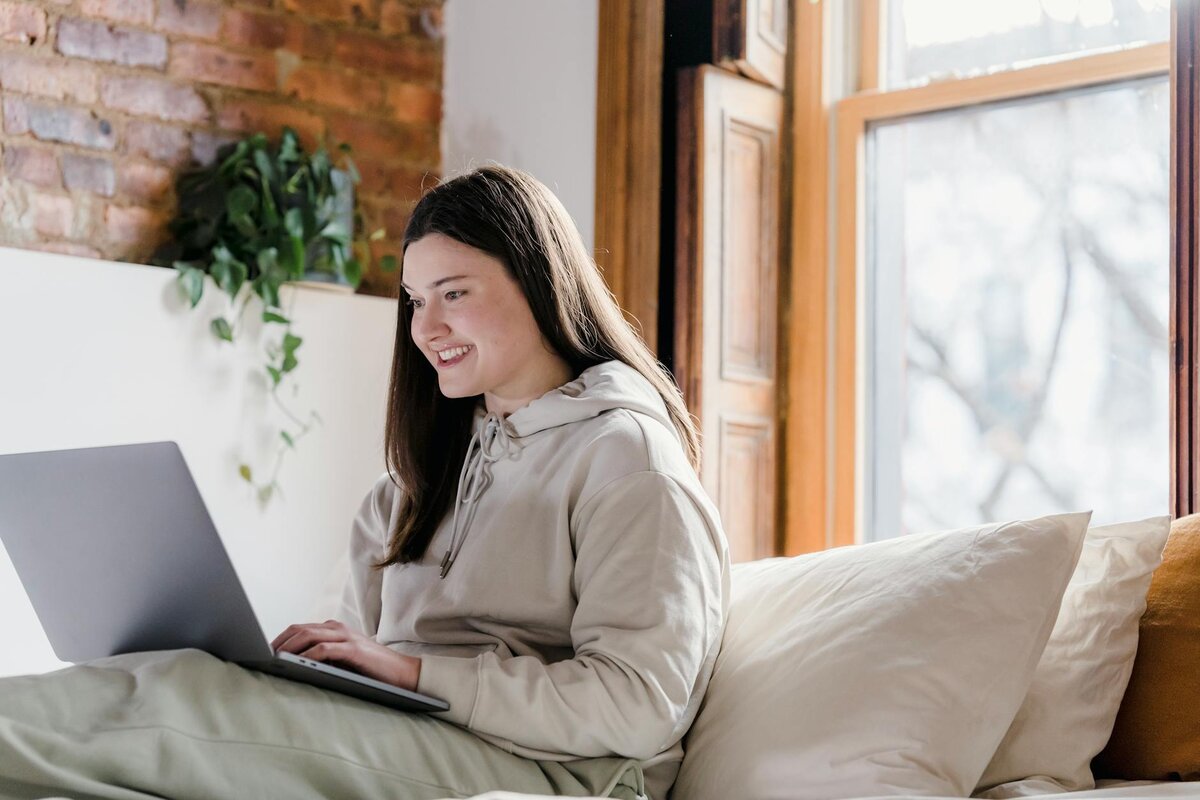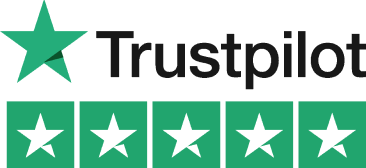VAT’s one of those things that’s everywhere, but not always well explained. Whether you’re running a business or just wondering what’s added to your bill, Value Added Tax can feel more confusing than it needs to be.
But once you understand how VAT works, who charges it, when it applies, and what can be claimed back, it gets much easier to manage, especially if you're keeping an eye on your finances.
If you want a straightforward way to handle it, the Pie Tax app makes VAT simple. No jargon, no surprises.
Just want to understand the basics first? Let’s walk through it step by step.
What Does VAT Stand For?
Alright, so VAT. What does it actually mean?
It stands for Value Added Tax, and it’s a type of consumption tax that gets added as stuff moves through the supply chain. You don’t pay it directly to the government, but it’s baked into the price of loads of things you buy. Businesses collect it, HMRC takes it, and we all just kind of accept it.
VAT showed up in the UK back in 1973, when we ditched purchase tax and joined the European Economic Community. The idea was to make things fairer and more consistent, taxing only the value added at each stage of production.
So, say a baker buys flour and eggs (already taxed), bakes a cake, and sells it. They charge VAT just on the extra value they’ve added (the baking part), not the whole cost. That’s where the “value added” bit comes from. Businesses can usually reclaim VAT on their own expenses, but at the end of the day, the customer covers the cost.
Handy, right? Sort of.

How Does VAT Work in the UK?
VAT is what’s known as an indirect tax, which means you don’t pay it straight to the government: businesses collect it, then pass it on to HMRC. It’s included in loads of everyday prices, so most of us pay it without even realising.
Any business that’s VAT registered, usually because they earn over £90,000 a year, has to charge VAT on their goods or services. That extra bit added to your bill? That’s the output tax. At the same time, those businesses also pay VAT on things they buy to run the business, which is called input tax.
When they file their VAT return, they just work out the difference. If they’ve charged more VAT than they’ve paid, they hand over the balance to HMRC. If they’ve paid more than they charged, they can claim some back.
Simple on paper, slightly less so in practice. But that’s the gist!
VAT vs. Sales Tax: What's the Difference?
Both VAT and sales tax are types of consumption tax, but they work very differently.
Sales tax is only charged at the final sale to the customer. So when you buy something, the tax is added once at checkout. Simple, but it puts all the responsibility on the seller.
VAT, or Value Added Tax, is charged at each stage of the supply chain, on the value added at each step. That means manufacturers, suppliers, and retailers all collect VAT along the way.
Because VAT is spread out, it’s harder to avoid and easier for governments to track. It’s one reason most countries, including the UK and EU, use VAT instead of sales tax. Sales tax systems, like in the US, can get complicated quickly, especially with multiple local tax rules!

VAT Rates in 2025 (UK Update)
Here’s a quick breakdown of the 2025 VAT rates:
20% Standard rate – Applies to most things like clothes, electronics, takeaways, and services.
5% Reduced rate – Covers essentials like home energy, children’s car seats, and some energy-saving materials.
0% Zero rate – Used for items like most food, children’s clothing, books, and public transport. Businesses can still reclaim VAT on these.
New this year: From January 2025, private school fees are now subject to the 20% VAT rate, following a recent budget change. Big shift for families it affects.
Rates haven’t changed, but how they’re used is evolving. If you’re not sure what applies to your business, the Pie Tax app can help keep it all crystal clear.
Who Needs to Register for VAT?
Here’s the short version: if your business earns more than £90,000 in taxable turnover over any rolling 12 months (as of 2024/25), you have to register for VAT. That’s the current threshold set by HMRC, and yes, it’s compulsory if you go over it. Miss it, and you could face penalties.
If you’re under that limit, you can still register voluntarily. Some small businesses do this so they can reclaim VAT on expenses or appear more established to clients. It’s not for everyone, but it can have its perks.
How do you register?
Easy enough! You do it online through the HMRC website. You’ll need basic business info, your bank details, and your turnover figures. Once you’re registered, HMRC will send you a VAT registration certificate with your new VAT number and the date you officially start charging VAT.
From that date, you’ll need to add VAT to your sales, keep proper records, and file VAT returns.
It might sound like a lot, but once you’re set up, it’s pretty manageable, especially with the right tools in place!

Can You Reclaim VAT? Here's How It Works
So, can you reclaim VAT? In many cases, yes! If you're a VAT-registered business and you’ve bought goods or services for business use, you can usually claim back the VAT you paid on them. That includes things like office supplies, equipment, or even some travel costs.
Now, if your business sells VAT-exempt goods or services, like basic food items, healthcare, or education, you won’t charge VAT on those sales. But here’s the tricky bit: you might not be able to reclaim VAT on related expenses either, depending on what the costs are tied to.
The key? Keep your records tidy. You’ll need valid VAT invoices to back up any claims. No invoice, no reclaim, it’s that simple.
VAT refunds are usually claimed when you file your VAT return, which could be quarterly or annually, depending on your setup. The better your records, the more likely you are to get back what you’re owed, and that can really help lower your tax bill over time!
What Does VAT Mean for Consumers?
For most of us, VAT is baked into the total price of goods and services, you don’t usually see it unless you’re looking at a detailed receipt or invoice. When you buy a coffee, book a plumber, or grab some new shoes, that 20% VAT is often already included.
You might notice it more on bigger purchases or when a business breaks it down on the bill. But for everyday stuff, it just looks like the normal price.
Some things don’t have VAT added at all, like most food, children’s clothes, books, postage stamps and public transport. These are either zero-rated or VAT exempt, meaning they’re outside the usual rules.
So even if you don’t see it, VAT is usually part of what you’re paying, quietly working away in the background!

What Does VAT Mean for Businesses?
If you're running a business and VAT-registered, you're basically acting as the middleman between your customers and HMRC. You charge VAT on your goods or services (that’s your output tax) and then pass it on to the government, minus any VAT you’ve paid on business costs (your input tax).
The good news? You can reclaim VAT on eligible expenses like office supplies, equipment, or software, as long as you’ve got proper VAT invoices to back it up. It’s one of the reasons some small businesses register voluntarily, even if they’re below the £90,000 threshold.
You’ll also need to file VAT returns, usually every quarter, and keep solid records of everything you’ve charged and paid. That means storing receipts, invoices, and all your VAT calculations for at least 6 years (yep, HMRC loves paperwork).
If you’re a smaller business, there are VAT schemes that can make life easier. The Flat Rate Scheme, for example, lets you pay a fixed percentage of your turnover instead of tracking input VAT. Less admin, but not always the best deal financially. It all depends on your setup!
Final Thoughts
So, you see, VAT might seem confusing at first, but once you get the hang of it, it’s actually pretty manageable!
Whether you’re working out if you need to register, figuring out what to charge, or just trying to understand what’s on your receipts, knowing the basics goes a long way.
And if you’re a small business or freelancer looking for a simpler way to stay on top of it all, the Pie Tax app can help you track, calculate, and stay VAT-compliant without the stress.
No faff, no hidden fees, just clear, easy tax support when you need it!

Make VAT Easy with Pie Tax
If you’re running a small business or freelancing, don’t let VAT stress you out.
The Pie Tax app helps you track expenses, calculate VAT, and file returns effortlessly.
Less paperwork, more peace of mind. VAT sorted no fuss, no headaches.




